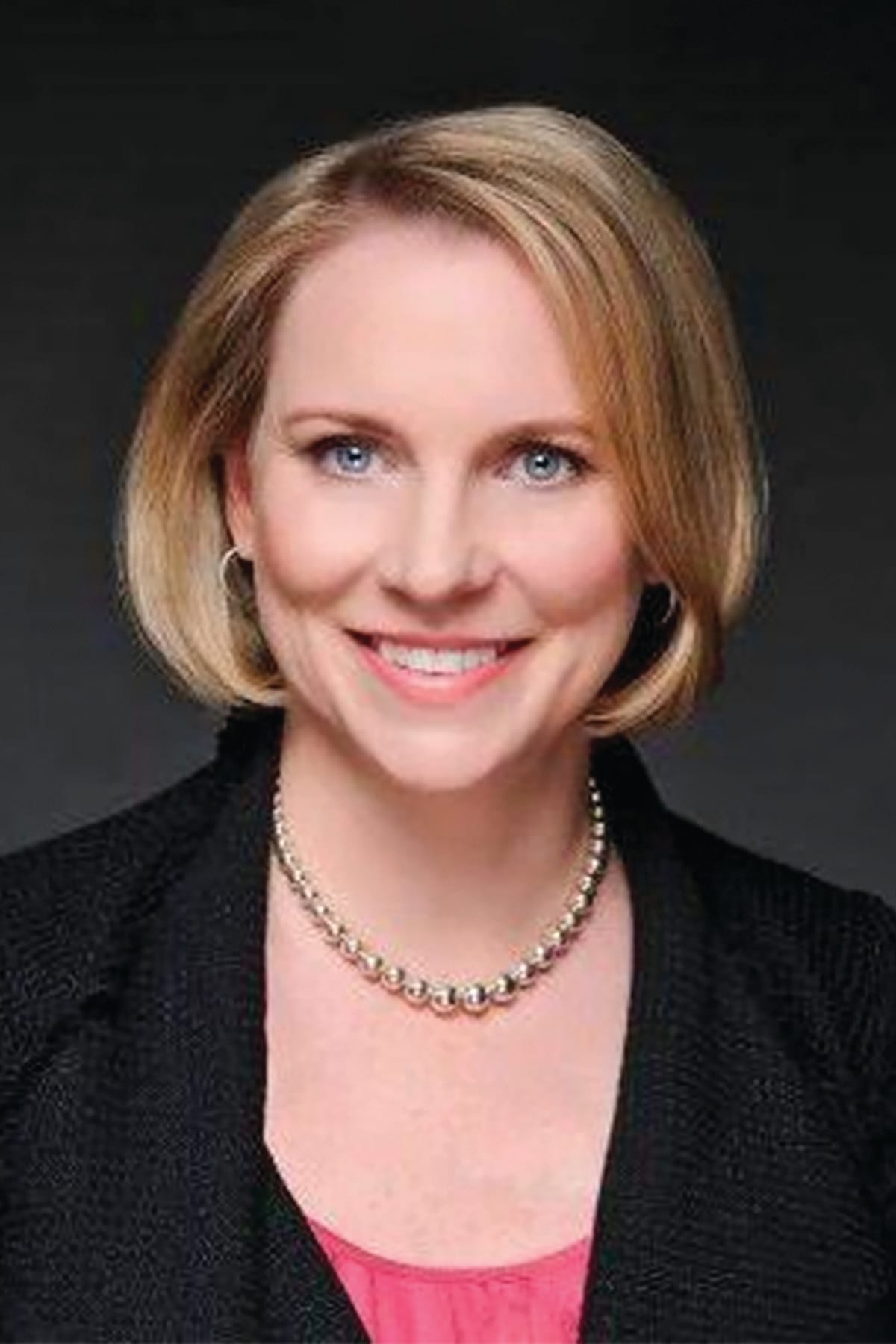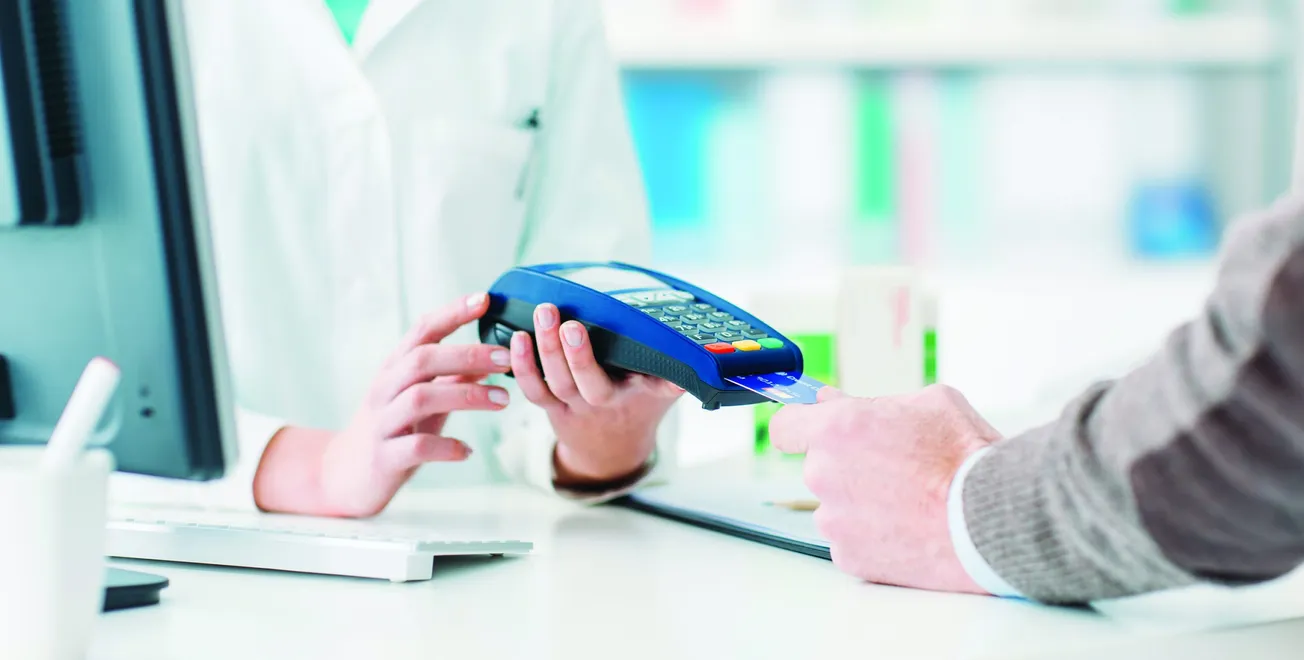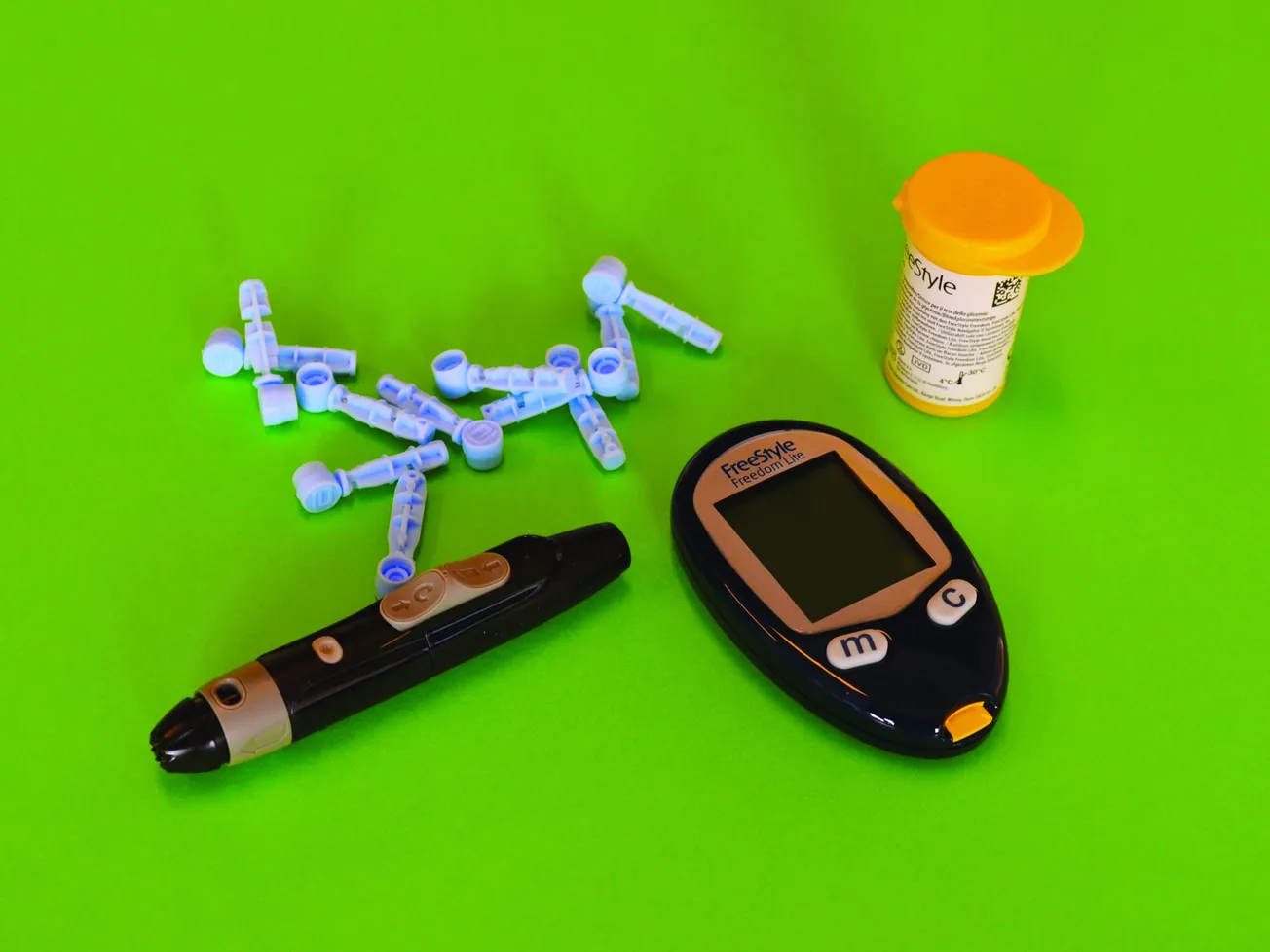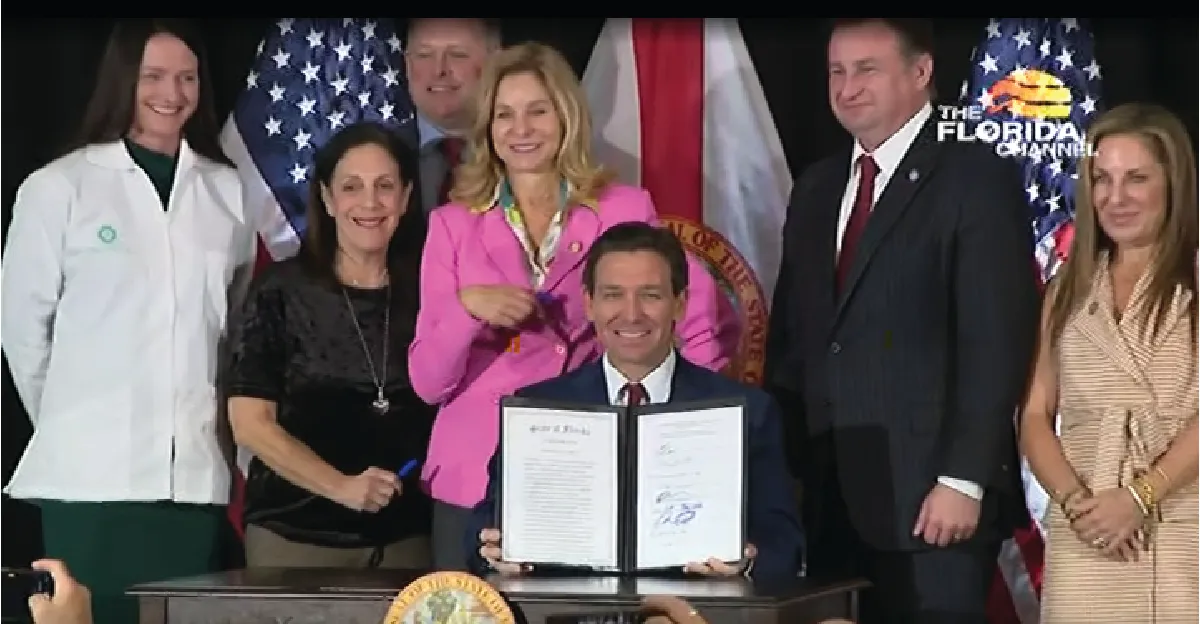In the chain drug industry, most loyalty programs look relatively similar. Drug stores’ mile-long receipts with coupons and offers are well known in pop culture — they have been the butt of jokes on late-night talk shows and even made it into a New York Times crossword clue. While these loyalty programs are well known, it is less clear that they spark “loyalty beyond reason” — the true aim of a winning loyalty program.

Katherine Black
But if you look outside the industry or outside the U.S., many interesting examples of creative loyalty programs deliver high customer engagement and significant returns. U.S. chain drug retailers have the opportunity to develop upgraded, impactful loyalty programs that become a significant competitive advantage. The key factors to making that happen are creating a clear business case for funding the program, taking a savvy approach to customer data, and developing a value proposition that benefits everyone.
Loyalty programs can be a win-win for chain drug retailers and their customers, and it’s worth taking a thoughtful approach to building programs that drive loyalty beyond reason.
How do retailers fund loyalty programs?
One of the primary barriers to developing loyalty programs is that program owners find them expensive to operate. But loyalty programs don’t need to be a cost center; they can be funded in several new, creative ways. In some cases, loyalty programs even drive revenue on their own.
A loyalty program is fundamentally about long-term returns, not one-to-one return on investment. One of the biggest disconnects among business owners or funding partners who are naysayers is that they are looking for short-term sales drivers that move products. But that mindset doesn’t work with loyalty programs, which drive slow, steady sales increases over time. Brands like Vitabiotics have steadily increased revenue directly due to their loyalty program — Vitabiotics cites a 67% increase in spending by program members.

Shannon Warner
But beyond long-term sales increases, there are many options for funding loyalty programs — and managing the costs — while providing meaningful value for the customer. Loyalty programs should be managed like a business, with their own P&L. Consider a few creative ways to structure funding:
- Develop a partner ecosystem. Many retailers work with a partner from a different industry, such as a retailer launching a co-branded credit card with a bank issuer. Other retailers work with their supplier base to offer customers free products or discounts. Partnerships can fund loyalty rewards and generate substantial incremental profit.
- Explore tokenization. What if customers could earn and spend their loyalty rewards outside one brand’s loyalty system? More and more companies are taking advantage of new innovations in blockchain technology, turning loyalty currency into “tokens” that customers can more flexibly use, exchange and combine with points from other brands. For example, the travel industry has long-developed partnerships that allow customers to move, trade and share points among partner providers. And tokenization is starting to take hold in sectors outside of travel.
For example, the mega retail brand Rakuten offers a tokenized membership program that rewards customers with “super coins” on every Rakuten service engagement (shopping online, booking a travel reservation, etc.). In this versatile loyalty program, members can use points on everything from buying and selling cryptocurrency to paying for a carton of eggs. As a result of this flexible and far-reaching program, the brand claims minimized customer acquisition costs, maximized lifetime value per member and increased gross transaction volume.
- Offer rewards with high impact and low cost. Sometimes the most compelling benefits of a loyalty program feel high-value to the customer but do not cost the brand anything. Every loyalty program should have at least one reward with minimum financial value (MFV). Starbucks’ loyalty program is a good example. Starbucks allows members to maximize convenience by ordering ahead and customizing orders. Those benefits save members time, improve and individualize their experience, and add a “wow” factor without incurring substantial recurring costs.
- Monetize data. Data assets are a vital element of loyalty programs but are often underutilized. Newer innovations in loyalty programs include monetizing customer data. The loyalty program serves as a channel to grow and leverage that data asset. By tracking customer behaviors and purchases and analyzing the data to understand customer interests, motivators and networks, brands can leverage those insights into commercial opportunities.
Customer data?! But what about HIPAA?
Nothing makes people in the health care industry screech to a halt faster than the words “customer data.” There is a lot of fear about the legality of using customer data in the health care space. But there’s big potential to maximize the value of customer data (not private, HIPAA-protected health data).
- Make permissions explicit to the customer. Prioritize transparency with customers about how you’ll use their data and clarify what they’re agreeing to share. Tell customers how you’ll safeguard their data to guarantee confidentiality and data protection.
Consider data you’re already collecting about customer behavior. Most companies are underutilizing the data assets they already have from existing loyalty programs. For example, companies can use aggregated customer data about purchase patterns to generate support and loyalty program funding from partners and to inform internal strategies (e.g., merchandise assortment, ESG efforts, etc.). Plus, data about shopping preferences can inform more personalized customer experiences across every touchpoint. And aggregating non-drug purchases can be extremely valuable to drug manufacturers who need to understand more holistic behavior.
- Aggregate and anonymize. While “customer data” can also be a hot-button issue among customers, most customers are comfortable sharing their data if it is used in aggregate and fully anonymized.
Look for ways to benefit the customer. In addition, customers are likely open to the idea of retailers using their (aggregated, anonymized) data to help them in some way — to improve their health and wellness journey, increase convenience or save money. Loyalty data can personalize and enhance customers’ experiences. For example, retailers can use information about a customer’s visit frequency in order to deliver offers at the right time — or enable a pharmacist to offer a personal greeting. Show customers that sharing their data unlocks key benefits; ensure they know that they won’t receive rewards if they don’t opt into data sharing.
For example, customers log their exercise, nutrition and preventative screenings in Vitality, a behavior management app that works with health care plans and employers. In exchange, loyalty members receive discounted access to partner rewards, like coffee shop treats, personal fitness trackers and hotel stays.
How can retailers create “win-win” loyalty programs?
The ideal loyalty programs create a flywheel that brings value to everyone: customers, the retailer, and all the partners and providers in the brand’s ecosystem. The more valuable the loyalty program is to the company, the more benefits the company can pass along to the customer. It’s a win–win.
In sum, loyalty is far from dead. Any company can create loyalty beyond reason by getting creative, finding new ways to drive engagement and returns, and carefully leveraging customer data to create a better experience for everyone involved.
Katherine Black is a partner in the consumer practice at Kearney, a global strategy and management consulting firm. She can be reached at katherine.black@kearney. Shannon Warner is a partner in the consumer practice at Kearney. She can be reached at shannon.warner@kearney.com.









